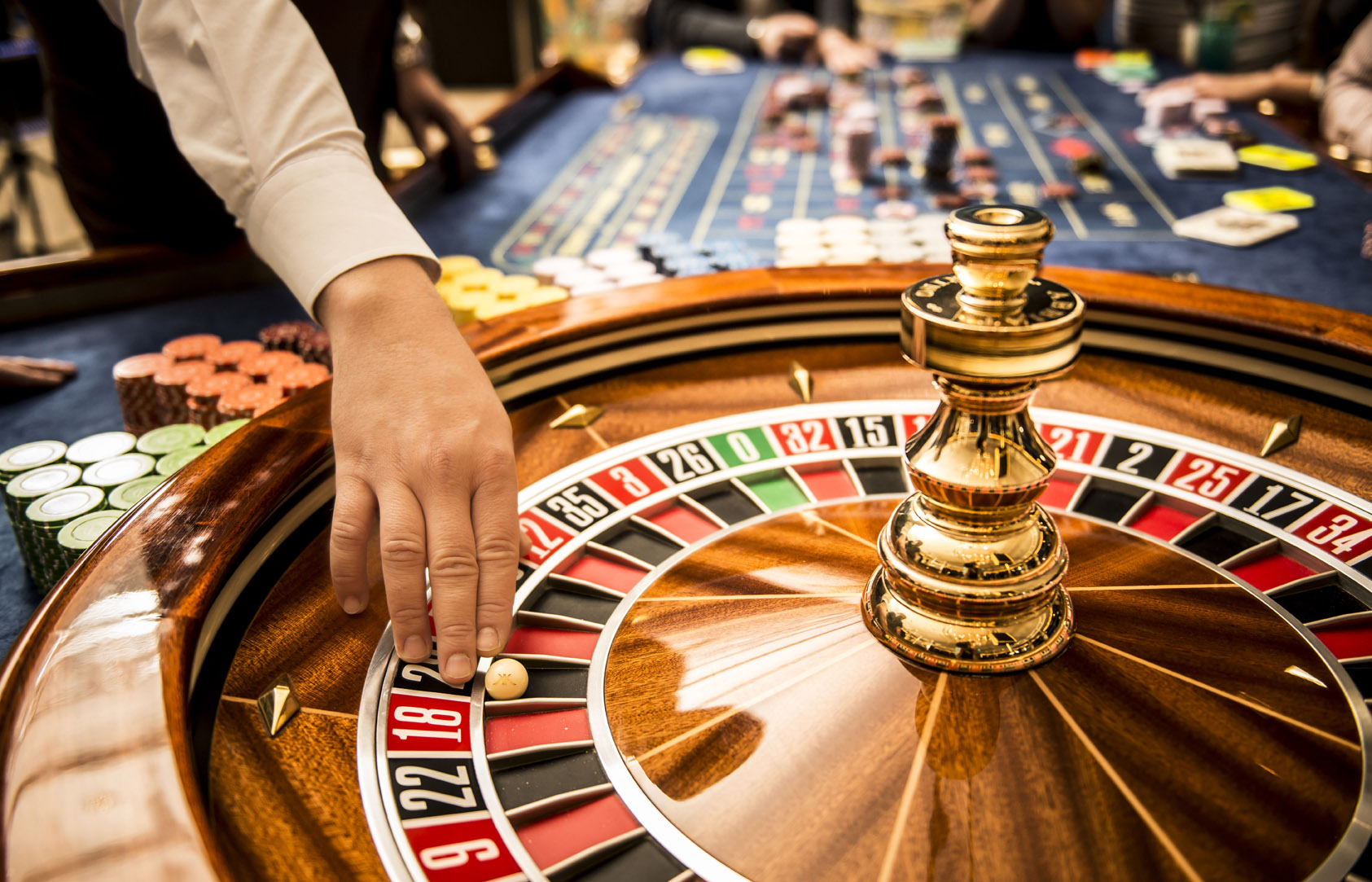
In a vibrant and stimulating world of gaming establishments, where fortune and tactics intertwine, hues and aesthetic play a critical role in attracting gamblers. From the moment visitors step into a casino or access a gaming website, they are immersed in a sightly feast that grabs their attention and lures them to discover further. Vivid colors, captivating graphics, and innovative layouts are carefully crafted to create an atmosphere of excitement and expectation, ultimately enhancing the gaming encounter.
While players move through the ever-changing landscape of casino games, they come across a range of designs that not only serve aesthetic purposes but also influence feelings and decision-making. Colors like scarlet and yellow symbolize wealth and luck, while soothing blues and greens can create a much relaxed environment. Understanding how these elements work together allows casinos to create an welcoming and stimulating atmosphere that encourages players to engage with the games, invest additional time at the tables, and increase their overall enjoyment.
The Psychology of Hue in Casino Games
Color plays a critical role in the development of gambling games, shaping players’ emotional states and responses. Bright and vibrant shades, such as scarlet and yellow, are often used to stimulate excitement and capture notice. These shades create a sense of immediacy and vitality, encouraging gamblers to participate more eagerly with the experience. By intentionally selecting tints, designers aim to elicit feelings of joy and expectation, which can enhance the overall gaming experience.
Various colors also have psychological associations that can influence how gamblers perceive their possibilities of victory. For case, emerald is commonly associated with good fortune and abundance, making it a well-liked choice in games like the roulette wheel and poker games. This link can result players to feel more hopeful and confident in their gameplay, ultimately motivating them to bet more. Grasping these links allows game designers to create environments that enhance player enjoyment and retention.
Moreover, the design of gaming interfaces often employs gradients and contrasting colors to instruct player actions. For instance, successful combinations may be emphasized with striking, differing shades, creating a visual incentive. This approach strengthens positive outcomes and supports repeated participation. By leveraging the psychology of color, gambling establishments can develop activities that not only captivate participants but also maintain them interested and dedicated in their play experience.
Creative Elements that Attract Gamers
The visual appeal of casino games is primarily influenced by the implementation of bold colors. Lively and contrasting colors are deliberately chosen to create an inviting atmosphere that grabs interest. For instance, crimson and golds often signify good fortune and prosperity, which is why they are prevalent in the palettes of slot machines and game surfaces. These colors not only draw players in, but they also evoke emotions associated with thrill and anticipation, enhancing the total gaming experience.
In addition to color, the design and organization of casino games play a significant role in captivating players. Games are designed to be user-friendly, ensuring that players can quickly understand the guidelines and mechanics. 8OK Accessible interfaces, along with captivating graphics and animations, help maintain gamer interest and encourage longer play sessions. The tactile elements, such as the texture of the controls and the audio of the games, also contribute to a comprehensive sensory experience that keeps players immersed.
In conclusion, thematic elements in game design can significantly influence gaming decisions. Many casino games are inspired by popular culture, fairy tales, or adventure themes, featuring symbols and characters that connect with players. These themes create a sense of immersion and relatability, making each game feel distinct. When players feel a connection to the theme, they are more likely to choose that game over others, leading to higher participation and excitement within the casino environment.
Case Studies: Successful Casino Game Designs
One prime example of successful gambling game design is the acclaimed slot machine series themed around blockbuster movies. Games such as those based on the The Wizard of Oz and Game of Thrones utilize vibrant colors and top-notch graphics to engage players in recognizable narratives. The employment of lively visuals and engaging sound effects grabs the interest of players, establishing an affective connection to the theme. This approach merely encourages longer play but also improves the overall gaming experience, yielding increased player retention.
Another effective case is the application of the psychology of color in table games like blackjack and roulette. Casinos often design these games with dark reds and greens, colors traditionally associated with luck and wealth. For instance, the emerald felt on a blackjack table provides a soothing effect, while the red accents in the wheel invite excitement. This intentional use of color helps to create an inviting atmosphere that motivates players to participate, fulfilling their psychological impulses and increasing their enjoyment.
Finally, online casino games that feature community features and vivid, colorful designs have achieved remarkable success in engaging players. Games like Zynga’s Poker and Slot-O-Mania leverage vivid colors and playful animations to forge an inviting online environment. The inclusion of leaderboards, community sharing options, and in-game rewards encourages competition and community, attracting players in for longer sessions. Such designs merely make the games visually appealing but also emphasize social interaction, a crucial factor in player retention and engagement within digital casino environments.
